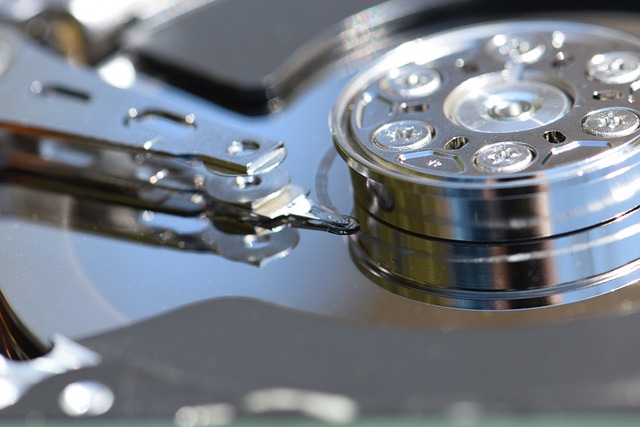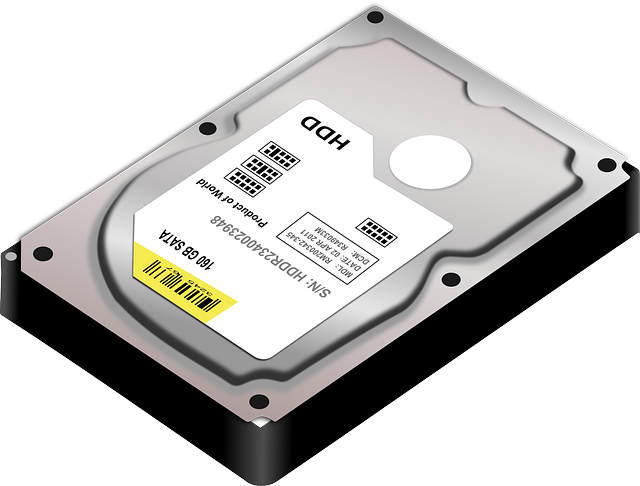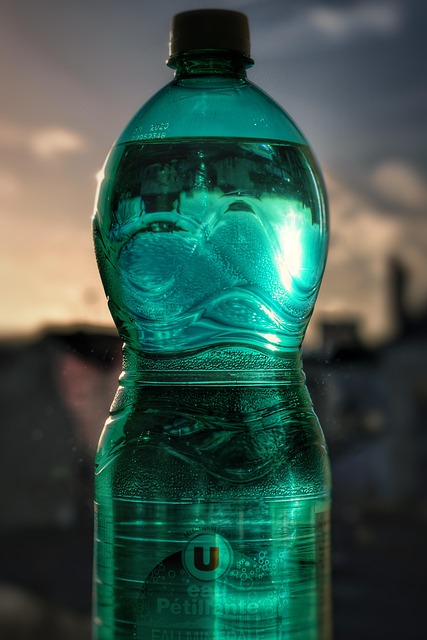This text emphasizes the importance of water heater efficiency, highlighting how optimizing temperature settings (ideally 120°F – 140°F), adjusting heating times, and incorporating water softeners can significantly reduce energy consumption and utility bills. Water softeners prevent mineral buildup, extending heater lifespans and enhancing overall efficiency. Regular maintenance, including flushing and checking insulation, further ensures optimal performance.
Water heaters are often overlooked energy guzzlers, but optimizing their settings can significantly reduce energy costs. In this comprehensive guide, we explore how adjusting your water heater’s efficiency is a game-changer in saving money and conserving energy. From understanding water heater dynamics to the role of water softeners, we’ll show you how to identify ideal temperature settings, optimize heating times, and maintain peak performance. Discover simple tips to navigate this process, ensuring a comfortable home while reducing your environmental footprint.
- Understanding Water Heater Efficiency and Its Impact on Energy Costs
- The Role of Water Softeners in Optimizing Heater Settings
- Identifying the Ideal Temperature Setting for Maximum Efficiency
- Adjusting Heating Time and Recovery Rates for Energy Savings
- Regular Maintenance Tips to Ensure Continuous Optimal Performance
Understanding Water Heater Efficiency and Its Impact on Energy Costs

Understanding Water Heater Efficiency and Its Impact on Energy Costs
Water heater efficiency is a key factor in managing energy consumption, especially when paired with water softeners. Efficient water heaters not only reduce your utility bills but also decrease the environmental impact of your household operations. The most common types of water heaters—electric, gas, and tankless—each have unique energy-saving features that can be optimized for maximum efficiency. Electric heaters, for instance, benefit from setting the thermostat to around 120°F (49°C), while gas heaters can be adjusted to a lower temperature when not in use during peak hours. Tankless water heaters, known for their on-demand heating, offer significant energy savings by only heating water as needed.
Additionally, integrating water softeners into your system contributes to overall efficiency. Water softeners remove minerals that can build up in water heaters, reducing the need for frequent flushing and preventing premature wear and tear. This not only extends the lifespan of your water heater but also minimizes energy wastage associated with frequent heating cycles. By optimizing these settings, homeowners can achieve substantial savings on their energy bills while promoting a more sustainable lifestyle.
The Role of Water Softeners in Optimizing Heater Settings

Water softeners play a significant role in optimizing water heater settings for efficiency. These systems remove hard minerals like calcium and magnesium from the water supply, reducing scale buildup inside heaters. By minimizing mineral deposits, water softeners ensure that heaters operate at their optimal capacity, leading to more efficient heating of water. This is crucial as it not only extends the lifespan of the water heater but also reduces energy consumption.
In addition, many modern water softeners are equipped with smart features that can communicate with water heaters, automatically adjusting settings based on real-time data. These advanced systems learn your family’s water usage patterns and adjust softening levels accordingly, further enhancing energy efficiency and saving money on utility bills.
Identifying the Ideal Temperature Setting for Maximum Efficiency

Identifying the ideal temperature setting for your water heater is a crucial step in maximizing efficiency and saving energy. While many people set their heaters to the highest possible temperature, this isn’t always the best strategy. The optimal setting depends on personal preferences for hot water temperature and the type of water heater you have. For instance, a water softener might require a slightly lower temperature to prevent mineral buildup and extend its lifespan.
A good rule of thumb is to set your water heater between 120°F and 140°F (49°C to 60°C). This range offers a balance between comfort and energy conservation. Temperatures above 140°F can lead to scalding, while lower settings might not provide enough heat for certain tasks. Regularly checking and adjusting your water heater’s temperature setting can help you achieve significant energy savings over time, especially if you’re using water softeners or other heating appliances in your home.
Adjusting Heating Time and Recovery Rates for Energy Savings

Adjusting your water heater’s heating time and recovery rates can lead to significant energy savings, especially if you’re considering a water softener. Heating time refers to how long the water heater stays on after you’ve requested hot water, while recovery rate measures how quickly it can replenish its supply once it’s been used. By reducing these times, you can lower your energy consumption without sacrificing comfort.
For instance, setting your heating time to 30 minutes or less and optimizing your recovery rate to match your household’s hot water usage patterns can result in a more efficient system. This is particularly beneficial if you have a large family or use hot water frequently throughout the day. Additionally, installing a water softener can complement these adjustments by reducing hard water buildup inside the heater, thus further enhancing its performance and longevity.
Regular Maintenance Tips to Ensure Continuous Optimal Performance

Regular maintenance is key to keeping your water heater running efficiently and effectively, ensuring continuous optimal performance. One important step is flushing the system periodically to remove any sediment or mineral buildup that can clog the heater’s elements or reduce its heating capacity. This process involves shutting off the water supply, opening hot-water taps to allow the remaining water to flow out, then reconnecting the supply and running hot water until the system is completely flushed.
Additionally, checking and replacing the insulation around the water heater tank can significantly improve energy efficiency. Over time, insulation can degrade or become compressed, reducing its effectiveness in retaining heat. Replacing it with new, high-quality insulation helps maintain ideal temperatures, reduces energy loss, and contributes to a more sustainable and cost-effective hot water supply. Remember, well-maintained water heaters not only perform better but also extend their lifespan, potentially saving you money in the long run, especially if you invest in water softeners for added protection against mineral buildup.






